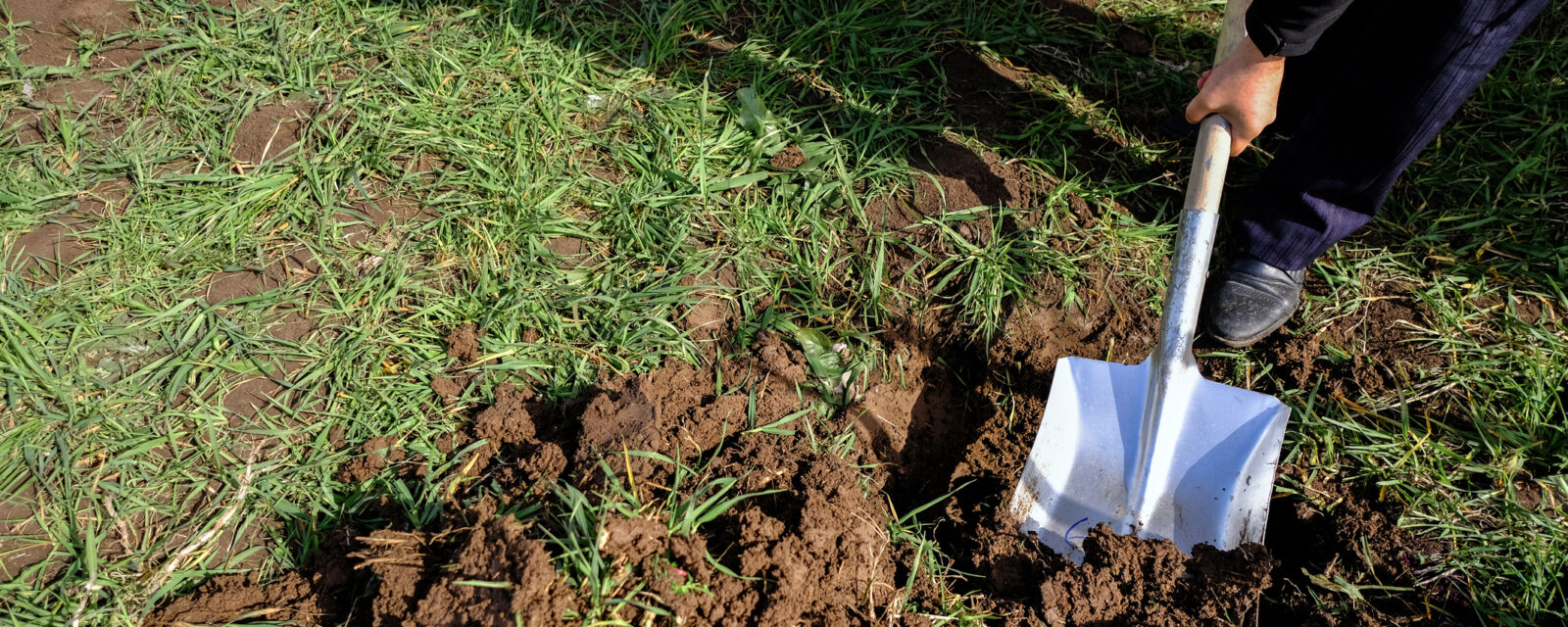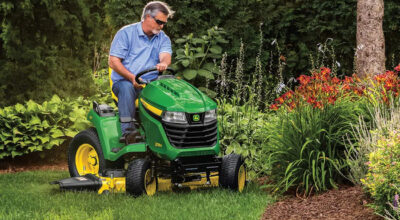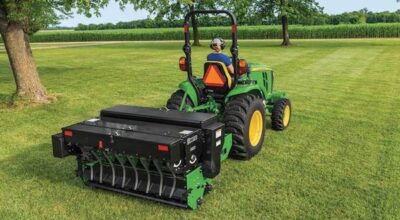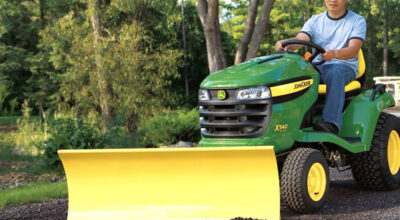Rich harvests and vibrant blossoms do not appear overnight. The winter months are ideal for preparing the ground for spring. And that groundwork starts, well, with the ground! From soil testing to fertilizing, there are several things gardeners can do to ensure their soil supports the upcoming planting season. This blog will explore the essential dos and don’ts for preparing the ground and ensuring your plants thrive.
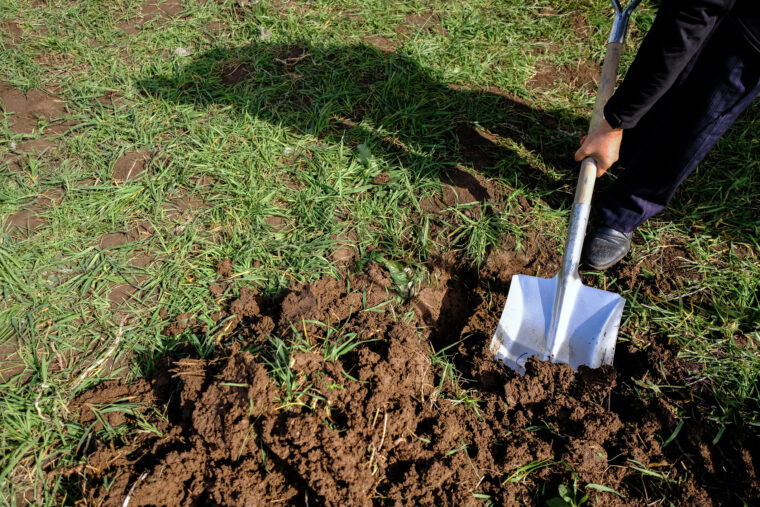
Why Should You Prepare the Ground for Planting?
The gardening journey begins right underneath your feet. Healthy soil is the lifeline for healthy, happy plants. Proactive ground preparation ensures plants receive the nutrients, water, and aeration they need, making them less susceptible to pests or poor weather conditions.
How to Prepare the Ground for Planting: Dos
Before you even think about seeds, let healthy soil be your first gardening project of the year. To prepare the soil for planting, follow a few best practices:
1. Conduct a Soil Test and Analysis
The first step in ground preparation is understanding your soil. Using at-home soil testing kits or sending samples to a soil testing service allows you to measure soil type, pH, and nutrient levels and then plan any necessary adjustments.
2. Clear the Area of Weeds, Rocks, and Debris
Remove weeds, rocks, and debris to create a clean bed for your garden. Weeding prevents resource competition, while a debris-free area removes obstacles to healthy root and plant development.
3. Improve Soil Drainage and Aeration
Just as we need fresh air to thrive, so do plants! Well-draining soil allows water to flow freely, preventing water logging that can suffocate roots. Use organic matter like compost to enhance drainage and aeration, creating an optimal environment for plant growth.
4. Add Organic Matter
Organic matter improves soil drainage and enriches the soil with nutrients that help plants grow big and beautiful. Adding two to three inches of compost or aged manure onto the soil surface will promote healthy microbial activity.
5. Loosen the Soil
To help your plants’ roots grow deeper, loosen your soil to a depth of at least eight inches — or even better, 12 inches. A deep root system enhances nutrient and water absorption, bolsters stress resistance, and provides plant stability. Use tools like a garden fork or tiller to break up compacted soil and support root expansion.
How to Prepare the Ground for Planting: Don’ts
Just like there are steps you should take to support the soil, there are also several mistakes you’ll want to avoid. Keep your garden lush by avoiding these common pitfalls:
1. Don’t Neglect Removing Existing Grass or Weeds
Ignoring unwanted vegetation can lead to increased competition for nutrients and sunlight, ultimately hindering the growth of desirable plants. Be sure to remove grass and weeds to provide a roomy environment for your plants to grow.
2. Avoid Compacting the Soil
Compact soil restricts root growth and impedes water movement, bogging your plants. In areas you’re planting, refrain from using heavy machinery or excessive foot traffic that can compact the soil.
3. Don’t Overwater or Underwater the Soil
Finding the right balance when watering is crucial. Overwatering can lead to waterlogged soil, depriving roots of oxygen, while underwatering can result in stressed and unhealthy plants. Adjust watering practices based on the needs of your plants and climate.
4. Avoid Overusing Chemical Fertilizers
While fertilizers help feed your plants, overuse can lead to nutrient imbalances that harm beneficial soil organisms. Follow recommended application rates and consider organic alternatives to fertilizers like compost.
5. Don’t Skip Adding Necessary Nutrients to the Soil
Poor fertilizer management will cause your plants to develop improperly, become sick more easily, and produce fewer crops. To ensure that your soil has the nutrients it needs, apply compost or fertilizer as soon as you receive your soil test results.
Additional Considerations in Preparing Ground for Planting
Maintaining happy and healthy soil isn’t a one-time endeavor. Boost your garden’s fertility for the long term with year-round activities, including:
1. Preserve Beneficial Insects and Wildlife
Encourage a balanced ecosystem by preserving beneficial insects and wildlife, like earthworms, bees, and hummingbirds. They contribute to natural pest control and help maintain a healthy environment. Additionally, consider planting native flowers and shrubs to attract pollinators and foster biodiversity.
2. Implement Proper Watering Techniques
Proper watering techniques will help you avoid over or underwatering. Drip irrigation and soaker hoses help deliver water directly to the root zone, minimizing water waste. Install a rain gauge to monitor natural precipitation levels and adjust irrigation accordingly.
3. Monitor and Control Pests and Diseases
Regularly inspect your plants for signs of pests and diseases. Early detection allows for prompt intervention, preventing potential damage to your garden. Consider implementing companion planting strategies and using organic pesticides to deter pests naturally.
4. Regularly Maintain and Care for the Planted Area
Ongoing yard maintenance, including pruning, weeding, and monitoring plant health, is crucial for a thriving garden. Regular care helps suppress weeds, retain moisture, and regulate soil temperature, ensuring your plants continue flourishing throughout the growing season.
5. Seek Professional Advice if Needed
If you are faced with a challenge you’re unsure how to handle, don’t hesitate to seek professional advice. Local agricultural extension offices and gardening experts can provide valuable insights relevant to your region and circumstances. Workshops or gardening classes are also great ways to stay informed about the latest best practices in gardening and plant care.
Prepare the Ground for Planting with John Deere Equipment
Successful gardening begins with thorough ground preparation. Following these dos and don’ts, incorporating essential considerations, and using the right tools will set the stage for a flourishing garden or harvest.
To improve the effectiveness and efficiency of your gardening work, consider using planting and seeding equipment from John Deere. You can explore the range of new and used planters, box drills, air drills, and seeders through your local John Deere dealer.
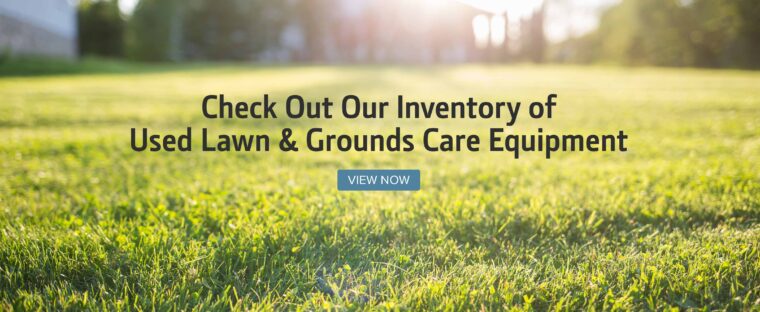
If you enjoyed this post or want to read others, feel free to connect with us on Facebook, Pinterest, Twitter, or Instagram!
